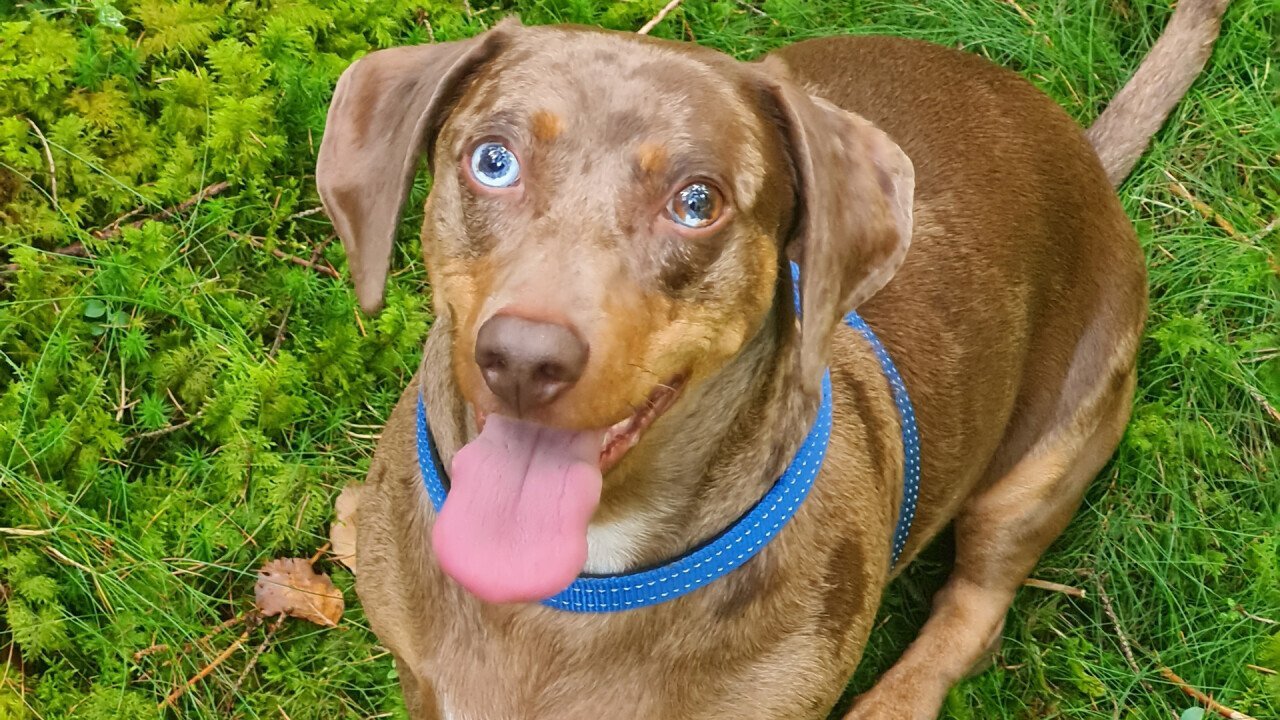Product
Only the best is good enough
Pet food has developed into a lucrative sector for the meat and food industry. It's no wonder that companies in the sector are constantly on the lookout for innovative, sustainable and, not least, attractive solutions.
-

Foto: privat
Tell me what you feed your dog/cat, and I'll tell you what kind of person you are. Pet food, i.e. the food for our animal family members, has long since risen to the rank of a social creed. And no matter how bad times may be, our pets should want for nothing.
According to a recent pet food study by the consumer researchers at NielsenIQ, 84 percent of pet owners in Germany are aware of the current price increases for pet food. But just 6 percent would consider switching permanently to cheaper pet food brands. A zeitgeist that has also led to a rethink in the meat and food industry.
Resourceful marketing experts have long since discovered pet food as a lucrative niche. And even at trade shows, pet food is a trendy topic. An indication of this is that Anuga FoodTec (March 19 to 22, 2024) in Cologne, Germany, the international supplier fair for the food and beverage industry, is expanding its exhibition space to include a Pet Food Zone, i.e., a special area for the pet food industry. No wonder, then, that heads are also spinning on the assembly lines of the meat and food industry, looking for innovative methods for the cost-effective production of high-quality pet food.
Separation at high speed
“We are currently seeing petfood processors increasingly investing in first-class quality equipment and following the same safety and hygiene standards with their products that foodstuffs are subject to,“ says Peter Berkensträter, Account Manager Central and Eastern Europe/Central Asia at Provisur, outlining the current development. Petfood suppliers, according to observations by Provisur experts, are focusing on making their operations more efficient and profitable in the wake of increased raw material costs and global supply chain bottlenecks.
Provisur's portfolio includes equipment for separating meat or fish specifically for the pet food industry. Among them are, for example, the separators of the powerful and robust Beehive S series for processing large quantities of raw materials. They separate meat, poultry and more at high speed and achieve increased yields during recovery with innovative screw and filter technology. Their durable ceramic components reduce maintenance.
Provisur's modularly designed Barracuda separation system is also in demand among pet food producers. It combines the separation technologies of the Beehive and AM2C brands to create a new standard in this application. The Barracuda series equipment uses a high-pressure system that increases throughput while minimizing temperature rise on the final product, which in turn increases product safety.
Polished wet food production
Petfood manufacturer VetConcept has been producing pet food tailored to the needs of four-legged friends with health problems or special nutritional requirements for a quarter of a century. In 2019, the company built a new wet food plant in Föhren near Trier. Here, VetConcept relies on two AW 280 industrial automatic mincers from K+G Wetter, among others, in the production line. “For our many products and the high tonnage per hour, it was crucial that we could do everything from frozen meat to fresh produce with these machines,“ says plant manager Arthur Schäfer, explaining the considerations at VetConcept at the time, and, “The pet food market is growing enormously, always between 15 and 25 percent per year. As a producer, you naturally have to keep up with that.“
The two industrial mincers from K+G Wetter perform two different tasks in VetConcept's wet food production: In one of the AW 280s, only coarse material between 16 and 25 mm is produced - i.e., what dogs and cats later find as pieces of meat in their bowls. The second mincer is primarily used for products containing bones. "We use bones and cartilage as a natural source of calcium for our feeds whenever possible. This is then the way the animal would eat it in nature," reports the master butcher. "In order to grind the extremely hard material to a size of 7 to 8 millimeters, the grinder used must have the necessary power and robustness." No problem for the AW 280, which can also handle frozen meat blocks.
Especially in the animal feed sector with the processing of material containing bones and with frozen meat, he says, it is important to always use perfectly ground cutting set parts. VetConcept uses the grinding service from K+G Wetter here. The cutting sets are picked up, ground, and delivered back to VetConcept in constant exchange.
Defrosting with microwaves
Sairem's microwave and radio frequency systems thaw frozen pet food components such as beef or poultry. The TMW 75 modular microwave tunnel, with capacities of two to four tons per hour, brings frozen products in blocks of between 10 and 20 kilograms from -18°C to a temperature of -4 to -1°C for further processing. Depending on the product and its fat content, the size of the frozen blocks, and the desired target temperature, the tempering process takes a maximum of ten minutes. “Some of our customers also stop the process at -6°C. This is sufficient for the subsequent processes, but shortens the application time in the microwave and thus increases the capacity of the system,“ explains Mathieu Deschamps, Sales Manager at Sairem.
The microwave tunnels can be optionally supplemented with automatic loading and unloading, as well as with a system for belt cleaning and drying. Apart from regular cleaning, they require hardly any additional maintenance. The system is controlled via an easy-to-use 12-inch HMI touchscreen with multilingual user interface. The individual treatment of each product is precisely coordinated, stored in the machine software and can be called up at the push of a button.
Safety with autoclaves
Thermal processes for preservation and food safety play a crucial role in pet food. From pasteurization to sterilization, they ensure the microbiological safety of the food while maintaining important properties such as taste and texture. This is especially important at a time when consumers are increasingly paying attention to the nutritional information and ingredients in the products they buy for their pets.
Autoclaving allows precise control of temperature and pressure conditions during the production process, which is crucial for the consistency of the final product. Last but not least, it minimizes the risk of contamination, which can endanger the health of the animals. This also makes the sustainable production of organic products a success.
With models such as the Voss Novum sprinkling autoclave, manufacturers such as Voss Pro are also giving smaller and medium-sized producers access to modern, resource-saving sprinkling technology that was previously the exclusive preserve of industry. To make the technology attractive to smaller companies, Voss products offer flexible heating modes that allow electric operation in addition to high-pressure steam.
Heart-shaped pet food
Last but not least - indifference is also forbidden when it comes to the packaging of pet food; mistresses and masters are naturally also influenced in their purchase decision by the attractive appearance. Futternapf Tiernahrung Vertriebs GmbH was looking for an eye-catching solution for Pet Food snacks. For the so-called cat nibble pillow, the packaging experts at Sealpac developed a resealable packaging cup in the shape of a heart, which catches the eye on pet snack shelves thanks to its eye-catching design. “Our innovative EasyLid® packaging system was used here, which was developed in collaboration with our Dutch partner Naber Plastics B.V. and is already being used by various customers - although not yet in this unusual form,“ says Stefan Dangel, marketing and sales manager at Sealpac, explaining the special feature.
For the patented packaging system, a special preformed plastic cup is fitted with an additional sealing ring. This is sealed with a sealing film in a single operation, resulting in a firm bond between the film and the ring. When opened for the first time, this creates the resealable lid. The cat snack is used in two packaging heights and weight units at Futternapf (47 mm/70 g content and 87 mm/140 g content). The heart cup is a single-material solution made of mono-PP and thus fully recyclable after use.
Christian Blümel
